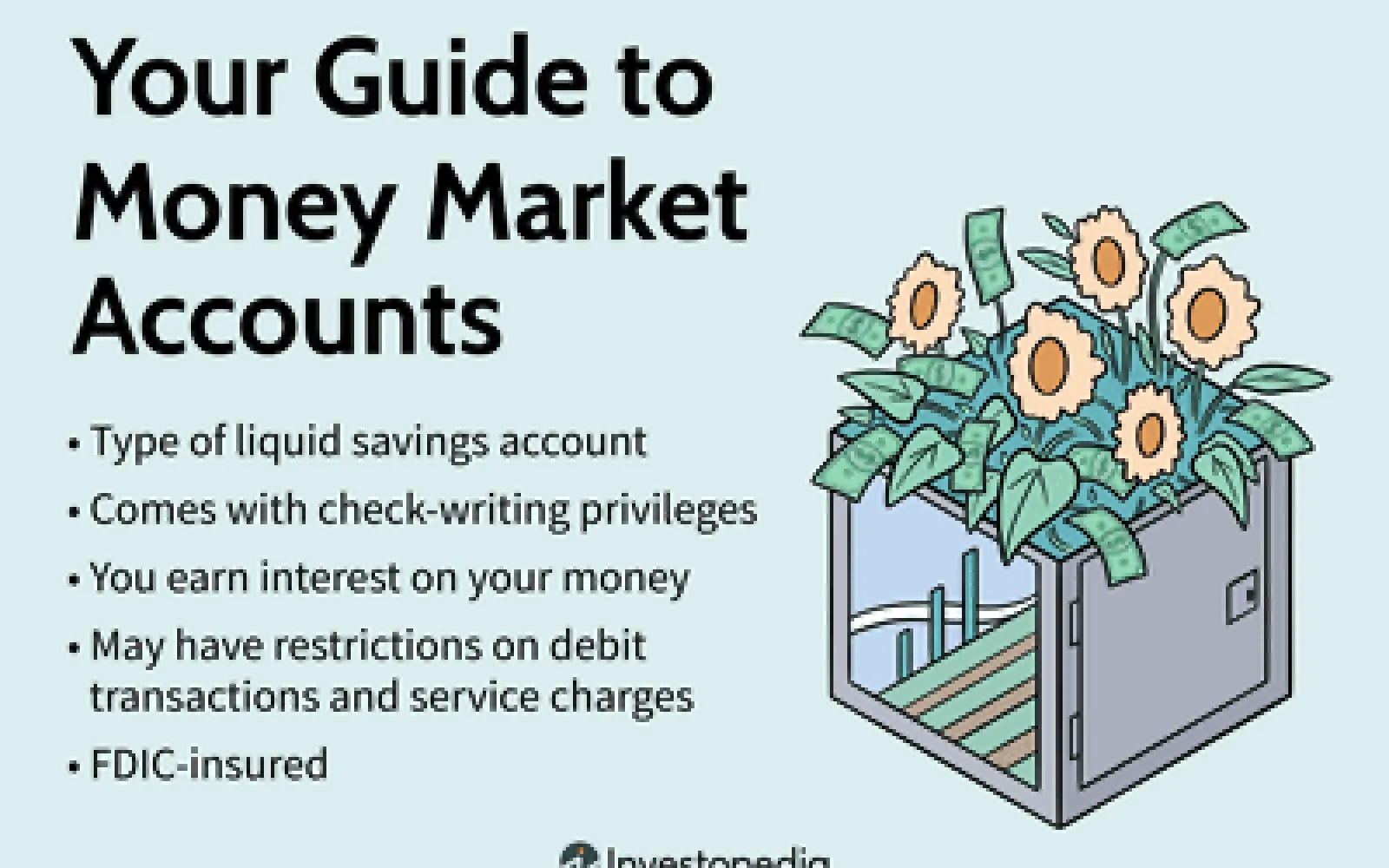Smart Investing in 2025: How to Start with Little Money and Grow Your Wealth
Introduction
As we move into 2025, the landscape of investing continues to evolve rapidly, driven by technological advancements, changing economic conditions, and new financial products. Smart investing is no longer reserved for the wealthy; individuals from all walks of life can begin their investment journeys with minimal capital. This article will provide a comprehensive guide on how to start investing with little money and grow your wealth over time.
Understanding the Basics of Investing
Before diving into specific strategies, it's essential to grasp the fundamental concepts of investing. At its core, investing involves allocating resources, usually money, to generate a profit or return. There are various asset classes, including stocks, bonds, real estate, and mutual funds, each with its risk and return profile.
Setting Financial Goals
Establishing clear financial goals is the first step in your investing journey. Are you saving for retirement, a home, or your child's education? Defining your objectives will help determine your investment strategy, time horizon, and risk tolerance.
Building a Budget
To invest successfully, you need to have a clear understanding of your finances. Create a budget that outlines your income, expenses, and savings goals. Identify areas where you can cut back to free up funds for investing. Even a small amount, such as $50 or $100 a month, can grow significantly over time through compound interest and smart investment choices.
Emergency Funds are Essential
Before you start investing, ensure you have an emergency fund in place. This fund should cover three to six months' worth of living expenses to protect you during unforeseen events, such as job loss or medical emergencies. Having this financial cushion allows you to take calculated investment risks without jeopardizing your financial stability.
Choosing the Right Investment Account
Once you're ready to invest, you'll need to choose the appropriate investment account. There are several options available:
- Brokerage Accounts: These are general investment accounts that allow you to buy and sell various assets, such as stocks and bonds. Many online brokerages have low or no minimum deposit requirements, making them accessible for beginners.
- Retirement Accounts: Accounts like IRAs and 401(k)s offer tax advantages for retirement savings. While they may have contribution limits, they are excellent for long-term investment growth.
- Robo-Advisors: Automated investment platforms that create and manage a diversified portfolio for you based on your risk tolerance and goals. Many robo-advisors have low minimum investment requirements, making them ideal for those starting with little money.
Investing in Stocks
Stocks represent ownership in a company and can provide significant long-term returns. Here are a few strategies for investing in stocks with limited funds:
- Fractional Shares: Many platforms now offer the ability to buy fractional shares, allowing you to invest in expensive stocks without needing to purchase a whole share. This means you can start investing in large companies like Amazon or Google with as little as $10.
- Exchange-Traded Funds (ETFs): ETFs are investment funds that hold a basket of stocks. They trade on stock exchanges and can be purchased for relatively low amounts. Investing in ETFs provides diversification, reducing the risk associated with individual stocks.
- Dividend Reinvestment Plans (DRIPs): Some companies offer DRIPs, allowing investors to reinvest dividends to purchase additional shares. This strategy can accelerate wealth growth over time.
Investing in Bonds
Bonds are generally considered safer investments than stocks, making them an excellent option for conservative investors. They provide fixed interest payments over time. You can start investing in bonds through:
- Bond Funds: These mutual funds invest in a diversified portfolio of bonds, making it easier to access this asset class with little money.
- Treasury Securities: U.S. Treasury bonds are low-risk investments backed by the government. They can be purchased directly from the Treasury or through brokers.
Real Estate Investment Options
Investing in real estate can seem daunting due to high entry costs, but there are ways to get started with limited funds:
- Real Estate Investment Trusts (REITs): REITs are companies that own or finance income-producing real estate. You can invest in REITs through stock exchanges, allowing you to gain exposure to real estate without buying property directly.
- Crowdfunding Platforms: Real estate crowdfunding platforms allow you to pool funds with other investors to invest in real estate projects. Some platforms have low minimum investment requirements, making it accessible for beginners.
Utilizing Technology in Investing
Technology has revolutionized the investing landscape, providing new opportunities for those with little money. Here are some ways to leverage technology:
- Investment Apps: Numerous investment apps cater to beginners, offering features like automated savings, portfolio management, and educational resources. Look for apps with low fees and user-friendly interfaces.
- Online Courses and Resources: Many platforms offer free or low-cost courses on investing fundamentals. Take advantage of these resources to educate yourself and make informed investment decisions.
Diversification and Risk Management
Diversification is a crucial strategy for minimizing risk in your investment portfolio. By spreading your investments across different asset classes, sectors, and geographical regions, you can reduce the impact of poor-performing investments. As a beginner with limited funds, consider using ETFs or mutual funds to achieve diversification with a small investment.
Regular Contributions and Dollar-Cost Averaging
One of the most effective ways to grow your wealth over time is through regular contributions to your investment accounts. Implementing a strategy called dollar-cost averaging involves investing a fixed amount of money at regular intervals, regardless of market conditions. This approach helps reduce the impact of market volatility and lowers the average cost of your investments over time.
Staying Informed and Adjusting Your Strategy
The investment landscape is constantly changing, so it's essential to stay informed about market trends, economic developments, and changes in your financial situation. Regularly review your investment portfolio and adjust your strategy as needed. This may involve reallocating funds, changing your risk tolerance, or updating your financial goals.
Seeking Professional Advice
If you're unsure about your investment strategy or need personalized guidance, consider consulting a financial advisor. Many advisors offer services tailored to individuals with smaller portfolios and can help you create a customized investment plan that aligns with your goals.
The Importance of Patience and Discipline
Investing is a long-term endeavor that requires patience and discipline. It's essential to resist the urge to make impulsive decisions based on short-term market fluctuations. Stick to your investment plan, and remember that building wealth takes time.
Final Thoughts
Starting your investment journey in 2025 doesn’t require a significant amount of money. By setting clear financial goals, budgeting wisely, and leveraging technology, anyone can begin investing and growing their wealth. Focus on diversification, regular contributions, and continuous education to enhance your investment knowledge and skills. As you embark on this journey, remember that patience and discipline are key to achieving long-term financial success.
Explore

How to Start Developing Your Own Mobile App

Best Passive Income Ideas to Grow Your Wealth in 2025

Top Investment Apps for Beginners in 2025: Your Guide to Smart Investing

How to Choose a Robo Advisor: Smart Wealth Tools in 2025

Money Market Funds: Smart Savings for Short-Term Goals

Top Business Loans for Women Entrepreneurs in 2025: Unlock Your Potential and Grow Your Business

Tax-Efficient Investing 2025: Maximize Your Returns and Minimize Taxes
